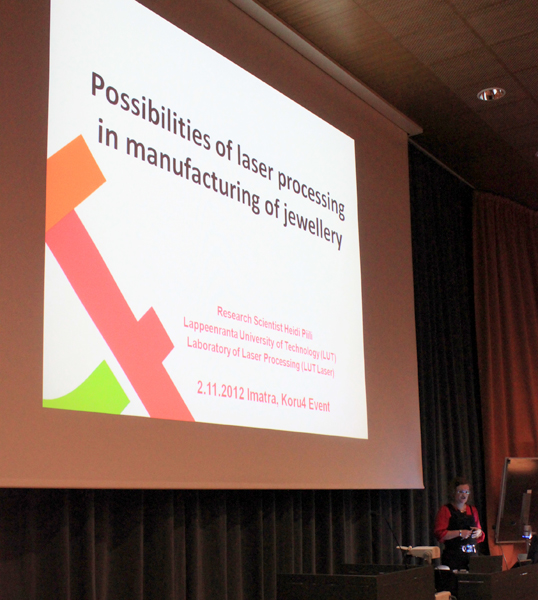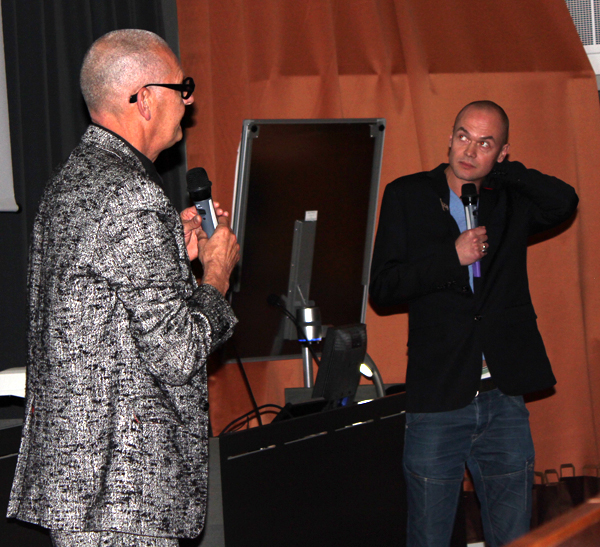Finland has been quietly influencing the conversation in contemporary jewelry for many years by hosting events that incorporate workshops, exhibitions, and symposiums to showcase international and Finnish artists. These events started in 1997 and have occurred every three years, aiming to “bring together contemporary jewelers, curators, collectors, students, professors, and people interest in contemporary jewelry.” (Mustonen 7) The last four events have been titled KORU, which is Finnish for jewelry. They are held in South Karelia, Finland, just a few miles from the Finnish-Russian border.
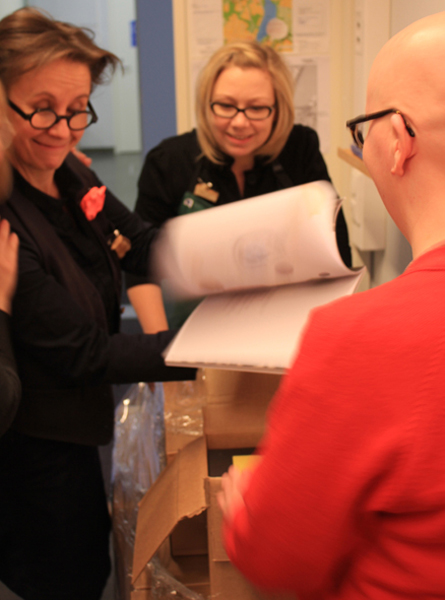
Through his Arts Council position, Altarriba met Eija Mustonen, now the director of fine art and design at the Saimaa University of Applied Sciences in Imatra, Finland. Trained as both a traditional stone cutter and a silversmith, Mustonen began her education in Finland and continued it at the Reitveld Academy in the Netherlands and the Royal College of Art in Great Britain. Mustonen has been working in contemporary jewelry for more than 30 years and teaching for twenty. Her ever-evolving role at Saimaa University—first as instructor, then head of the department of traditional stone working and contemporary jewelry, now as head of fine art—has allowed her distinct style and appreciation of stone to influence a growing number of students.
The last two members of the team have equally impressive training. Nelli Tanner, the current head of the Saimaa University’s jewelry department, was trained in Finland, Scotland, and the Netherlands. Tarja Tuupanen teaches at Saimaa University, is president of the Finnish jewelry association Koraitaide, and was trained in Finland and Sweden. Both artists hold stone in high regard but approach the material in very different ways.
While a visiting artist at the sadly defunct Galerie Rantapaja, I felt honored to interact with these individuals and resolved to attend KORU4 from October 29-November 2, 2012. With generous support from the Finlandia Foundation, a private organization that exists for the “express purpose of celebrating, supporting, and strengthening Finnish heritage and Finnish-American culture and traditions,” (Finlandia Foundation National) I was able to spend a month in Finland to support the organization of the event. This experience gives me a unique platform to report on KORU4. Beyond being a passive participant, I was there to ensure the event was functioning as smoothly as possible, to act as a flexible organizer between the different elements that made up the whole event, and to create the supporting documents that were integral to the event.
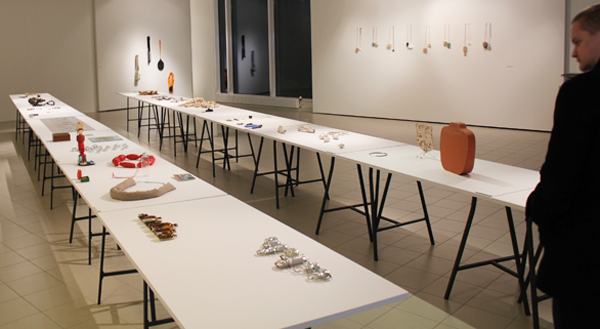
In this article I focus on the symposium, just one of the three components that made up KORU4. The symposium utilized the platform of Kindred Spirits to bring in the expected contemporary jewelry artists to talk about their work and to reach out to different communities, such as science and technology that could add to the contemporary jewelry conversation. While some of the connections were more obvious than others, the variation in content made for an enlivened conversation, especially during some of the question and answer segments.
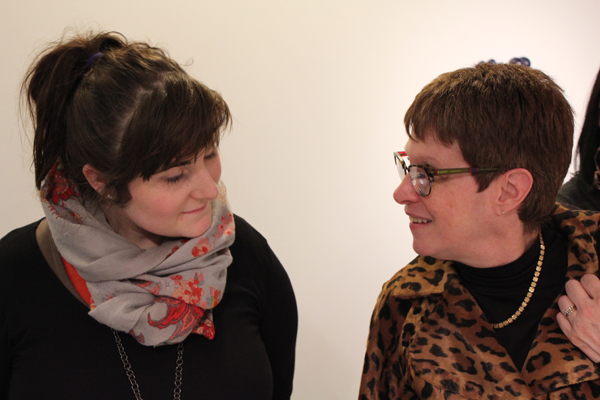
Taragin’s presentation was followed by a quick succession of talks by three Finnish artists: Janna Syvänoja, Tiina Rajakallio, and Anna Rikkinen. These short presentations were a contrast in style between American and Finnish sensibilities. While Taragin’s presentation was emotive and expansive, jumping from art history lesson to the political power of art to exclamations about groundbreaking innovations, the Finnish artists were each solemn, restrained, and meditative, often letting the image of a work hang on the screen without comment. (While some of this was caused by shyness and nervousness, there was also a marked difference in national character. It was often jokingly brought up during the conference that the Finns are a culturally reticent and humble people.) The individual work shown by the Finnish artists was diverse in content and style. Syvänoja spoke about the natural world and the effect of human encroachment on the environment. Rajakallio questioned memory and the moments of forgetting. Rikkinen looked toward the historic use of costume, specifically the ruff, and reinterpreted them using recognizable domestic forms. Each artist spoke in a poetic style that was less descriptive of the work and more evocative of its emotive quality, allowing for the technicalities of process and materials to fade and the work to be seen as an experience.
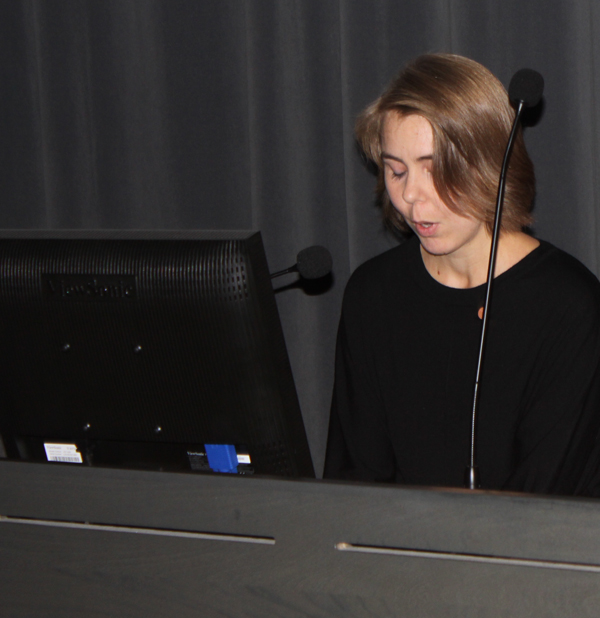
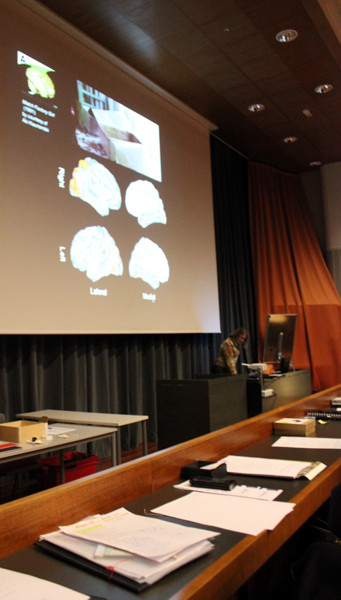
From there, it was a logical next step to the presentation of Mia Maljojoki and Pau Faus because of their interest in video and performance. After a brief introduction to their individual work, they generously ceded the floor to the participants of their KORU4 workshop “Molding Passivity.” During the workshop, participants explored the passive body and how the body moves through a hyperactive and hyperaware world. After several days of bodywork, experimentation, and creation, the students narrowed their discoveries to single words that described their emotions connected to passivity (“conflict” and “overexposure” were two), and they created videos or objects based on their words. During the symposium, they performed simple actions that were embodiments of the word or short performances with the objects. As an example, Klara Brynge selected the word “conflict.” She inserted herself in the personal space of another person, close but not touching, in such a way that her body and her gaze were on the verge of affronting. She was so close that her breath stirred the hair on the other person’s head. The time spent standing in that position and the exposed nature of the performance allowed the audience to feel the sense of discomfort and anxiety embodied in the performance. The other actions were varied in their content and success, but the insertion of activity in an otherwise passive symposium was a welcome distraction. The actions happened in unorthodox locations around the lecture hall, so the audience had to shift in their seats to follow them. This slight change in the flow of lectures, both visually and physically, was interesting in how glaring it exposed the passivity of the lecture format.
